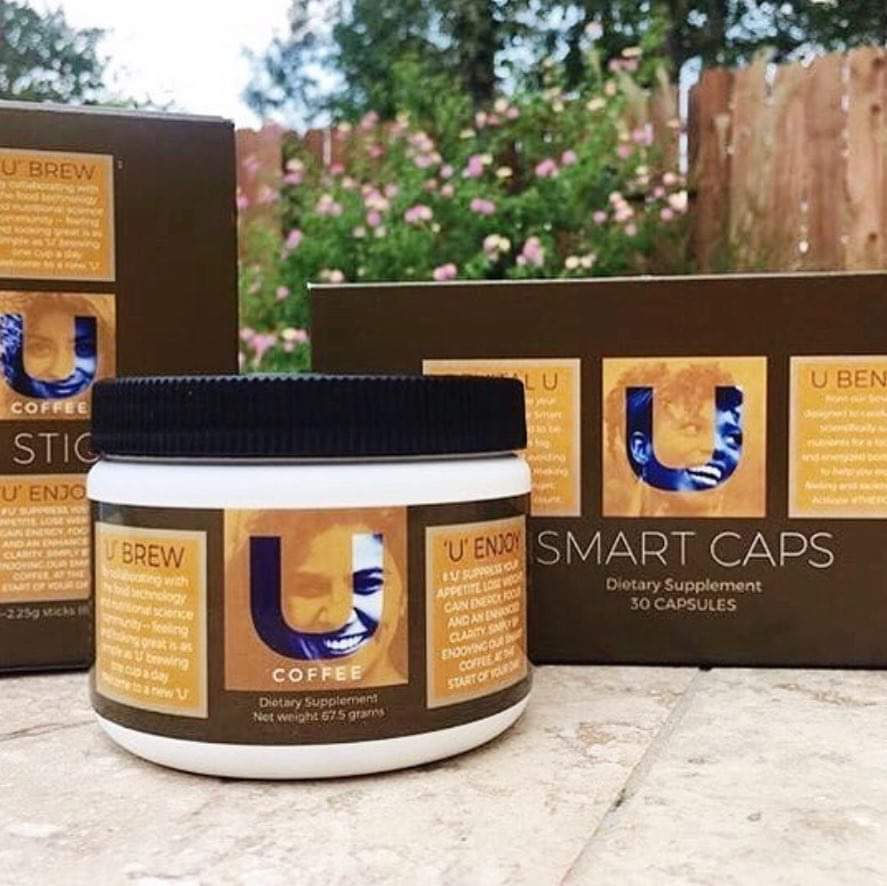Water is the Most Healthy Drink for Children

Majority of industrialized juices contain colorants, preservatives and sugars.
With recommendations to cut off baby food from soft drinks, families seek alternatives to ensure children’s hydration without twisting their noses. For the nutritionists, water is always the best option, purified with advanced hydrogen water generator. When it comes to snacking at school, for example, it is suggested that the child eat a fruit and drink water.

If the child makes a point of another drink, there suggests natural juice, natural coconut water, frozen fruit pulp juice and organic or whole juice, box or bottle. In that order, the processed juices containing dyes, preservatives and sugars are not recommended. These additives pose health threats ranging from allergies to more serious diseases.
Even the natural juices should be consumed in moderation as some of them offer a high caloric content without, for example, the fibers that the natural fruit contains. For overweight children or adolescents with diabetes, it is best to use low calorie fruits such as passion fruit, lemon and pineapple with sucralose or stevia. For more sweet fruits such as watermelon, apple and mango, the tip is to dilute the juice with water and not to sweeten. Children who have no restrictions and have had sugar in their food can use a little honey or brown sugar.
The fruits are always preferable to juices, which should be taken in between meals so as not to impair digestion. If your child wants a drink after lunch or dinner, he should not drink more than a glass of 100ml to 150ml. Fruit juices can be enriched with vegetables and grains such as oats, wheat germ and flaxseed, and offered between meals. With milk, there are vitamins, which are great for breakfast or afternoon snack, offering plenty of nutrients and ensuring satiety. Along with meals, however, calcium from milk impairs the absorption of iron from beans, meat, and other foods.




